Gun industry naming conventions can feel hazy at best if you’re not familiar with them. M-this, M-that… what number was that again? Are they related? Are they different? Are all these different names for the same gun?
Such is often the case with the Springfield M1A, the M14, and the Ruger Mini-14.
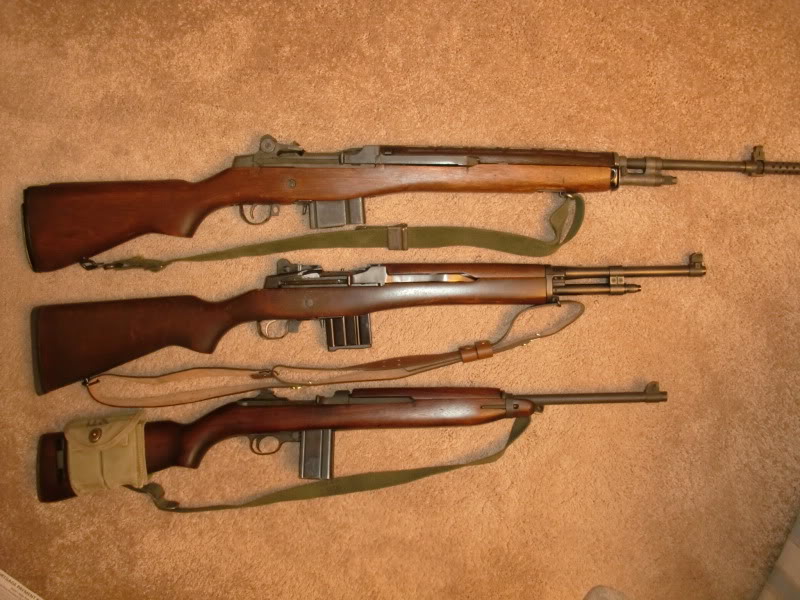
So are they the same? Are they different? Is there a reason to choose one over another?
Let’s talk about that!
Which Came First?
Chicken or the egg? Before we dive into all the differences and similarities, let’s establish our timeline, here. Knowing where we came from certainly puts where we are now in perspective.
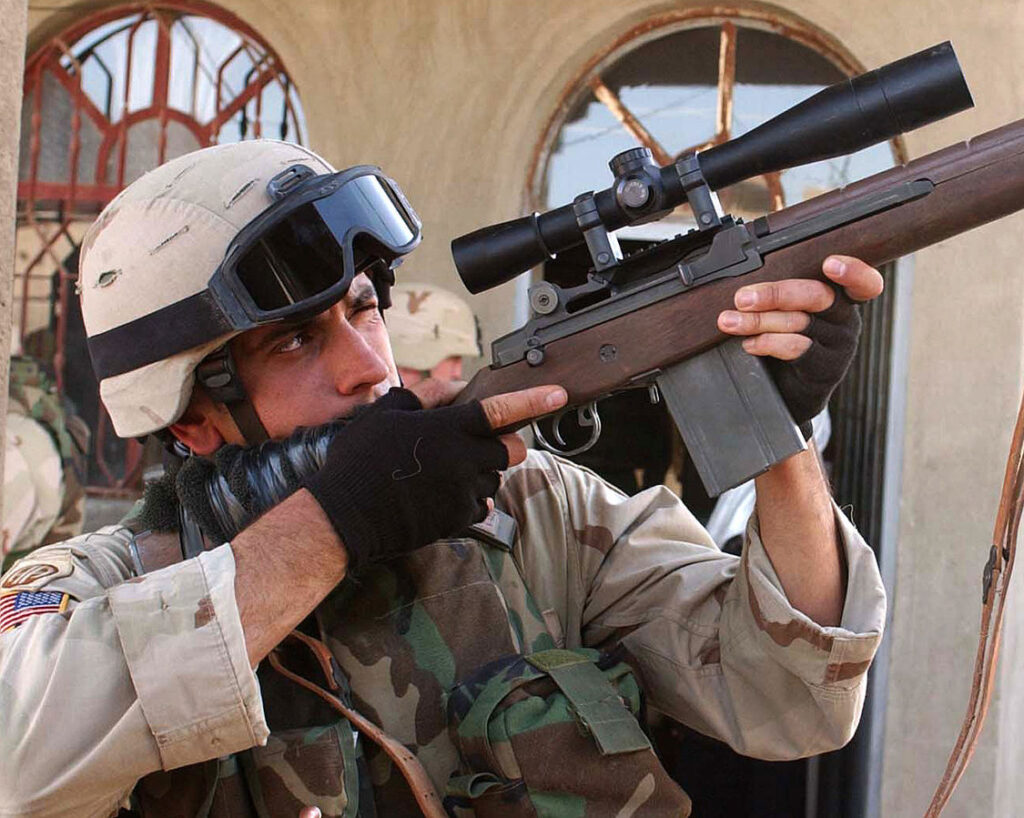
So, in the battle of the M1A, M14, and Mini 14, you might assume that the M1A came first. After all, the M1 Garand was famous for its role in WWII and the M1A is just a variant of that… right? You’d be forgiven for thinking that, but you’d be wrong.
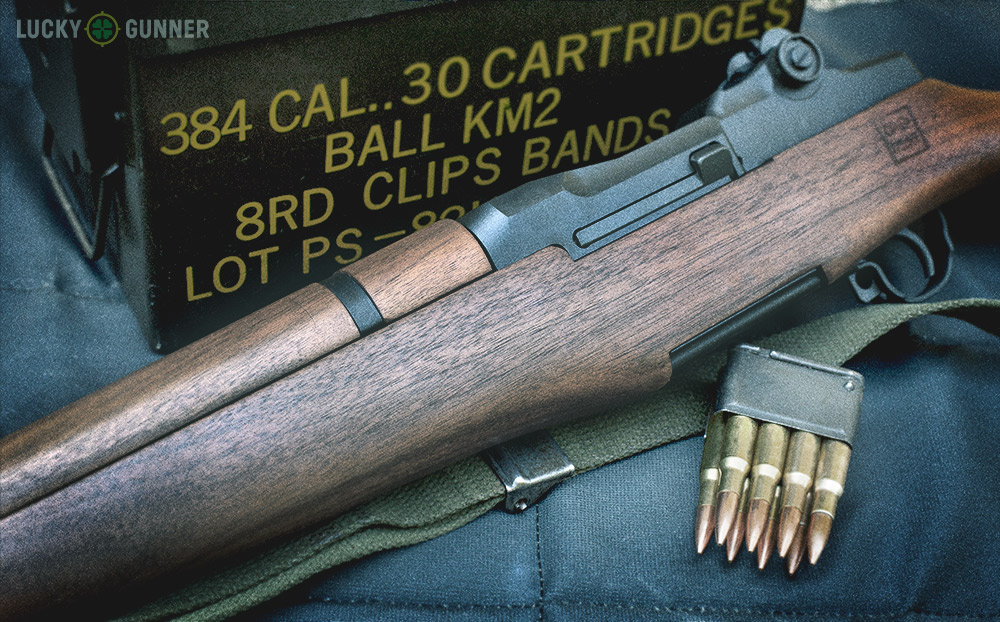
While the M1 Garand did come first, the M1A isn’t a direct descendant. Instead, the oldest sibling in our line-up is the M14, introduced in 1957. It’s closely followed by the Mini 14, in 1973, and the M1A, in 1974.
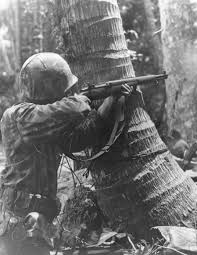
Ready to dive a little deeper?
The M14
Towards the end of WWII, the M1 Garand’s shortcomings were beginning to be addressed. While it was one of the most advanced battle rifles available, it wasn’t perfect. To address the issues, firearms manufacturers set to work on alternatives.

Long story short, both a new cartridge, the T65, and a new rifle, the T44 were created and trialed for the U.S. Army. They would later be accepted and designated the 7.61x51mm NATO and the M14.
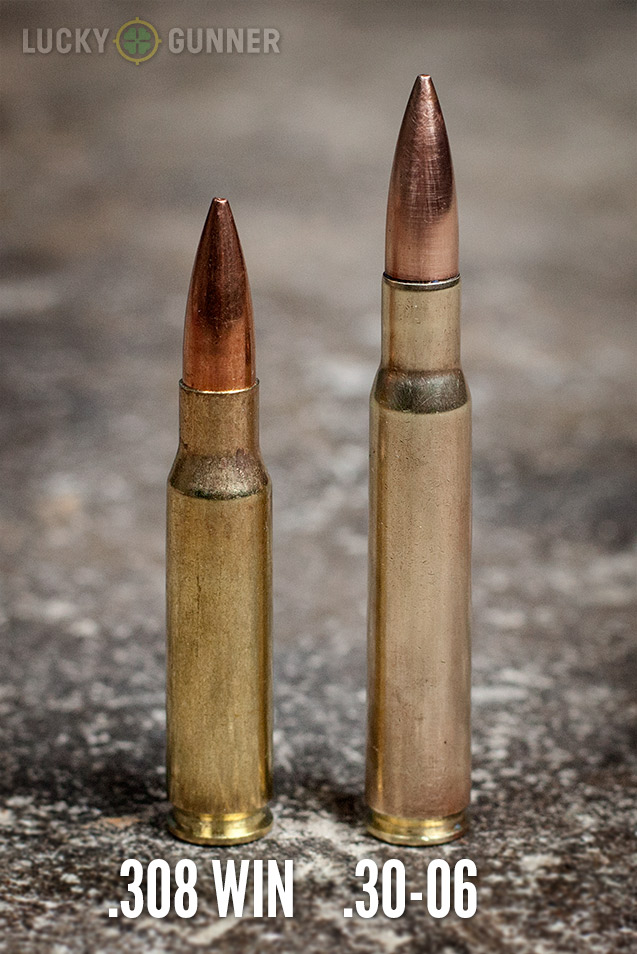
Now that sounds more familiar, huh?
What’s notable about the new ammo cartridge and the M14 was that the 7.62 NATO (also called .308 Winchester) was a smaller cartridge with less powder, it still packed the same ballistics as the .30-06 rounds the Garand used, thanks to a newly developed gunpowder by Olin. Smaller rounds with the same stopping power were, obviously, a welcome development.

Unfortunately, the round was also pretty much uncontrollable in automatic firing modes, so most M14s were retooled to make them semi-auto only and conserve ammo.
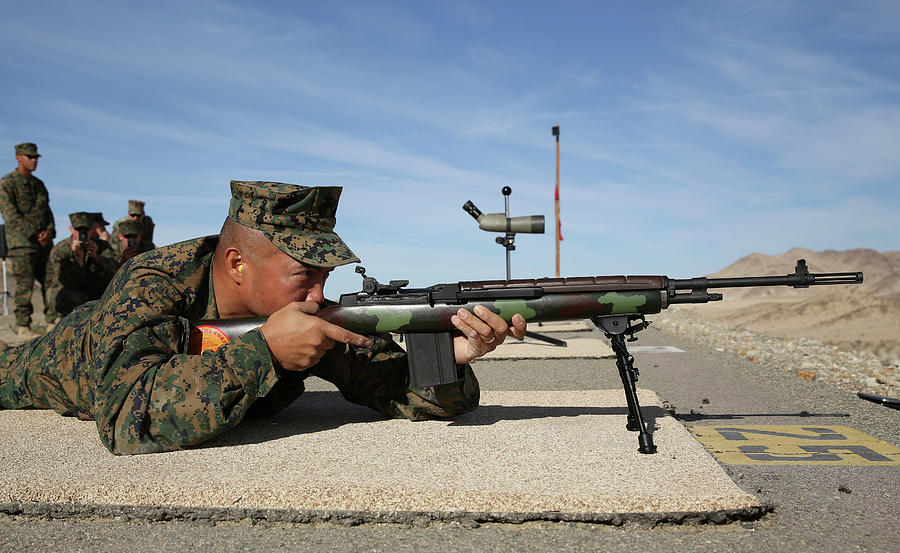
Since the M14 came into service just in time for the Vietnam war, it got to see plenty of action–and also had all its problems exposed. The round was plenty powerful for the dense foliage of the jungle, but the humidity and practically non-stop rain made the standard-issue wooden stocks swell, greatly affecting the accuracy. While synthetic stocks were developed to combat this, the M14 was already on its way out the door, so to speak.
The M14 didn’t last terribly long before being replaced by the M16 in 1969 (and kicking off the Armalite Era), but it did remain somewhat popular among snipers and designated marksmen and is still in use today.
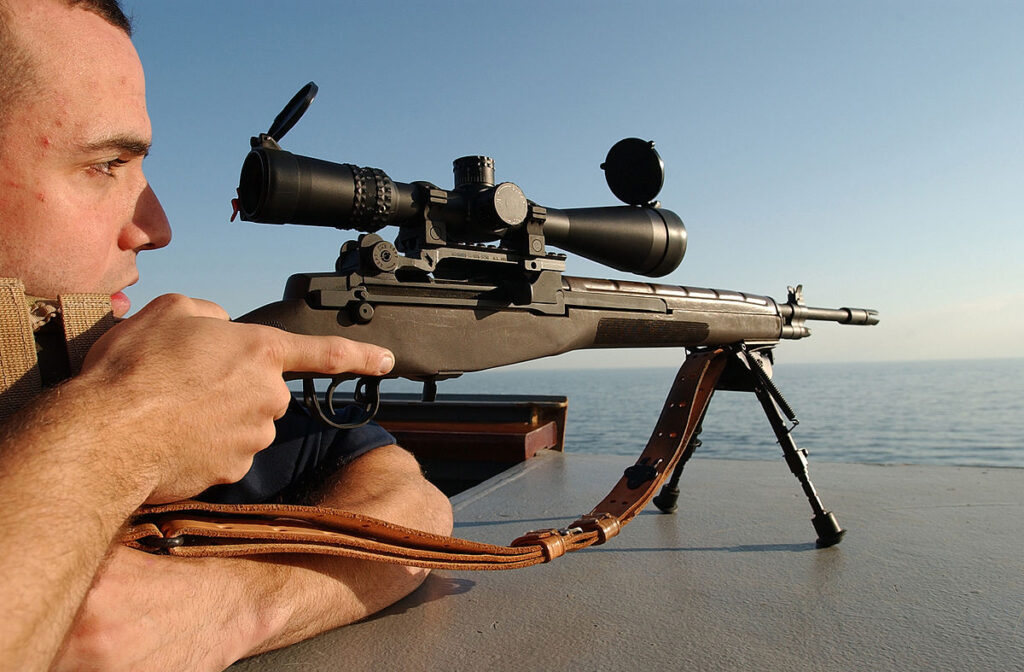
Which leads us to…
The Mini 14
Any rifle that makes waves in the military is certain to be redeveloped for the civilian market, which is exactly what Ruger did when they developed the Mini 14. In order to make this rifle more consumer-friendly, Ruger retooled the M14 and cut some of the production costs to make it more affordable.

Rather than using 7.62x51mm NATO, the Mini 14 was chambered in .223 Remington (or 5.56x45mm NATO). You might recognize this round as being shared with a little rifle called the M16. By that time, the M16 was firmly entrenched as the primary battle rifle of the U.S. military, so perhaps it isn’t all that surprising that Ruger chose to chamber the Mini 14 in 5.56.
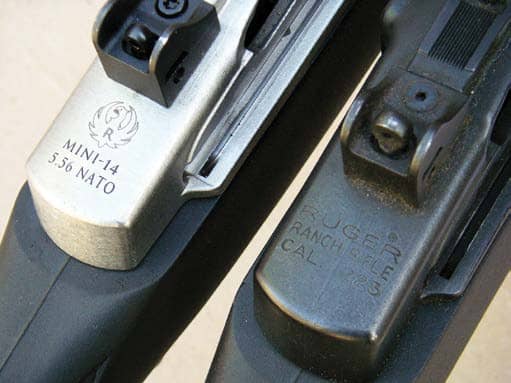
Ruger also chose to simplify the gas system, and implement a self-cleaning, fixed-piston design. It’s still very similar to the original Garand system, but better suited for your average civilian shooter.
The Mini 14 proved to be a very, very popular civilian rifle and earned its place as a classic firearm in the hands of hunters and ranchers across America.
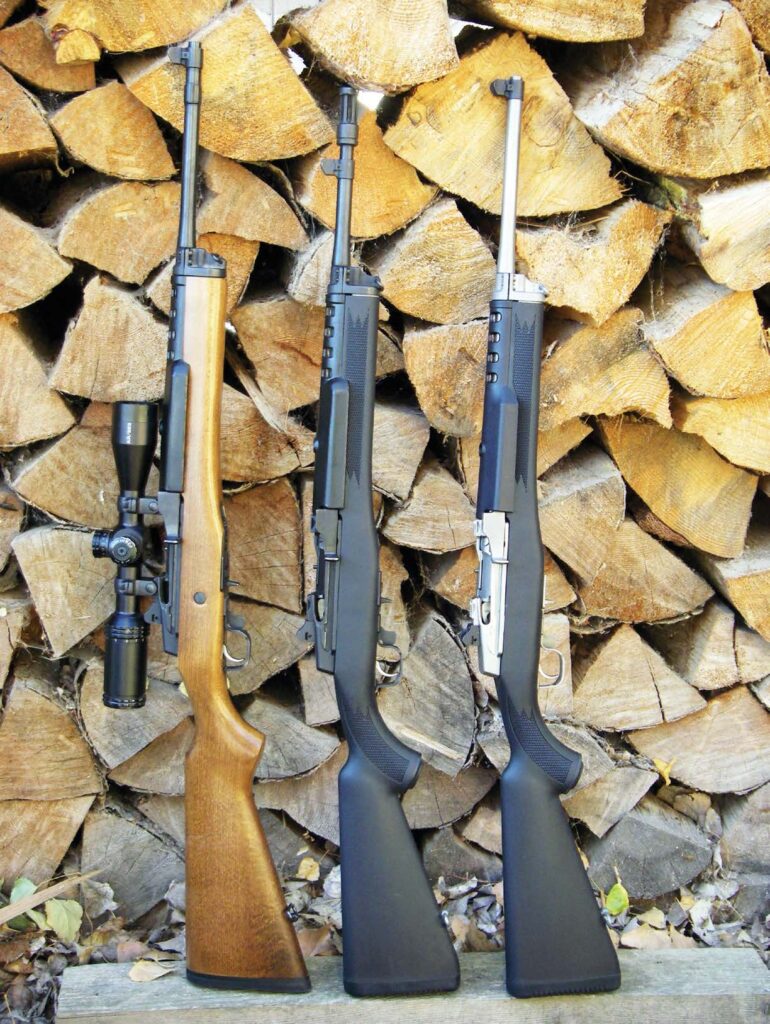
There’s some debate about the accuracy of the Mini 14 since some shooters note that it tends to shoot patterns rather than groups. Compared to the relative accuracy of the M14, you can see why it might be surprising that the Mini 14 doesn’t seem to live up to its legacy in that aspect. It’s worth noting that the Mini 14 is meant for much shorter ranges than the M14, so perhaps that’s where the bias comes from.
And, if you’re curious as to where the Mini-Thirty comes into all this… well, in the late 80s, when cheap 7.62x39mm rounds came flowing into the U.S. from overseas, Ruger redesigned the Mini-14 for this caliber!

Ruger Mini-14 Ranch Rifle
Pros
- Meets CA featureless rifle standards
- Chambered in 5.56 NATO
- Accepts AR-15 magazines
Cons
- Doesn't have the same look of an AR-15
The M1A
As we talked about above, the M1A is not the M1. It is, however, the proprietary name for Springfield Armory’s M14-pattern rifle. Essentially, the M1A is to the M14 what the AR-15 is to the M16–a damn close, but civilian-legal copy.
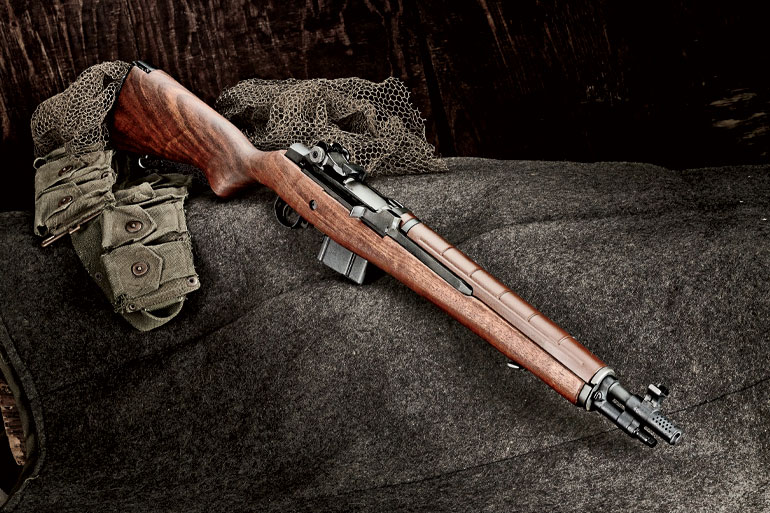
Like the M16, it’s chambered for .308 Win–or, at least, the basic model is. You can also find the M1A in 6.5 Creedmoor, too. Not to mention, there are also all kinds of fancy models, like the Tanker model, SOCOM 16, and the Super Match, which is probably the most feature-packed model of them all, and a great pick for precision shooting.
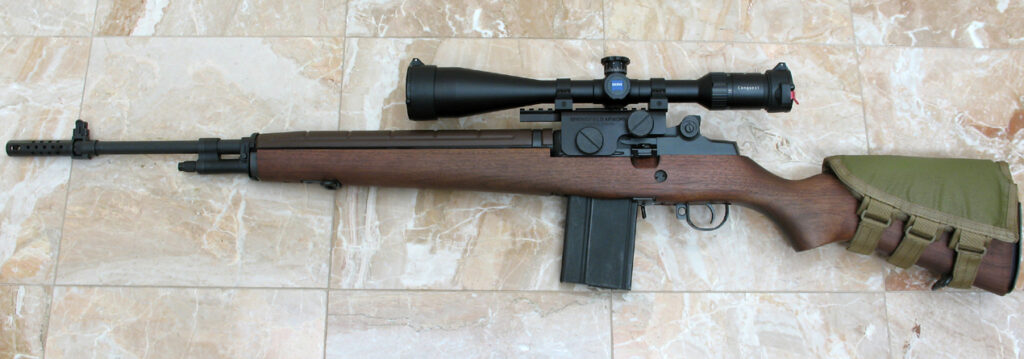
Because it was designed for the civilian market, there are a few things missing from the M1A that aren’t from the M14. Bayonet lugs, for one, thanks to the Federal Assault Weapons Ban of 1994. Even though the law has since expired, Springfield hasn’t brought the feature back.
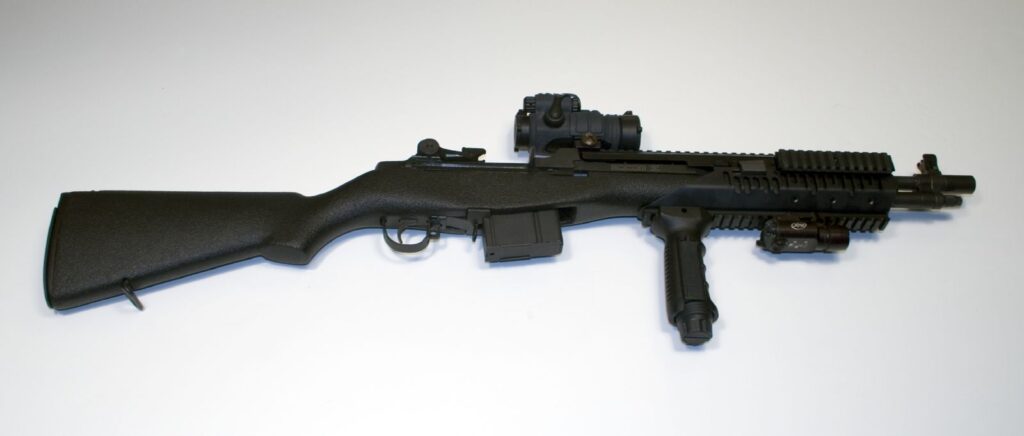
Another missing part is the selector switch since, as you probably know, full-auto firearms are largely illegal for civilians to own. On some older M1As, that were manufactured using M14 parts, there’s still a slot for the switch in the right side of the stock, though it stands empty.
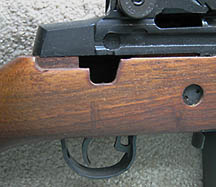
Newer M1As are manufactured using cast AISI 8620 alloy steel, though the ones made from M14 blanks were manufactured using a drop forge process. If you can get your hands on an early M1A, it’s well worth it because it is the closest you’ll get to an M14 without enlisting (or buying surplus).

Springfield M1A
Pros
- Classic, reliable design
- Maintains some tactical style
- Many models are CA compliant featureless rifles
Cons
- Doesn't have the same general style as an AR-15
Which Should I Choose?
If you’re looking at picking between one of these rifles, you’ll obviously want to consider what you plan on using it for.
The M1A (and M14, if you find one) are great long-range precision rifles. They’re also pretty popular for hunting since some areas have ammo restrictions for hunters and the .308 Win round is strong enough to go after any large game.
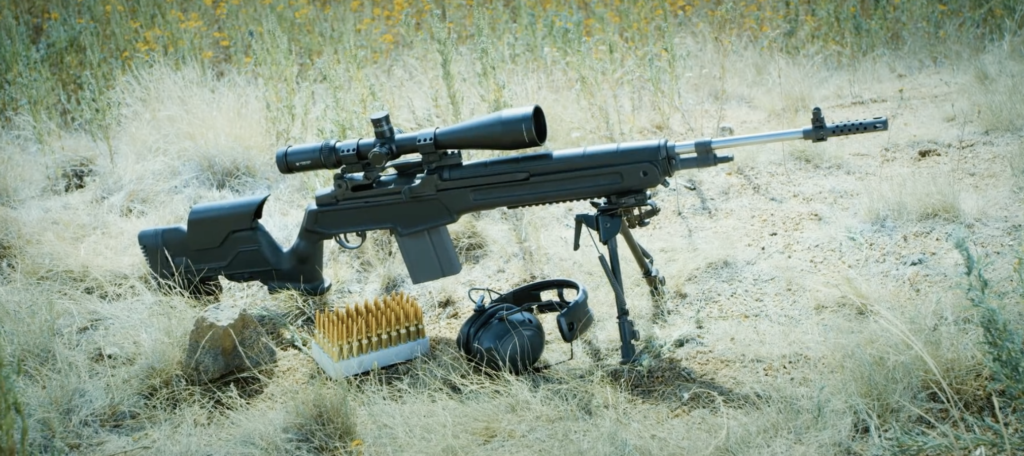
If you’re more of a plinker, like smaller cartridges, or already have an AR-15 at home, you might enjoy the Mini 14. You can share ammo between the two rifles, which is handy–especially when it’s hard to get! The Mini 14 also has a much lower bore height than an AR, so if you find yourself struggling with a scope, switching to the Mini 14 can be much more comfortable.
Conclusion
Anyways, there you have it–a super quick comparison of the M14, the M1A, and the Mini 14. Obviously, there’s a ton more geeking we could do about these rifles, but we’ll save that for another time, okay?
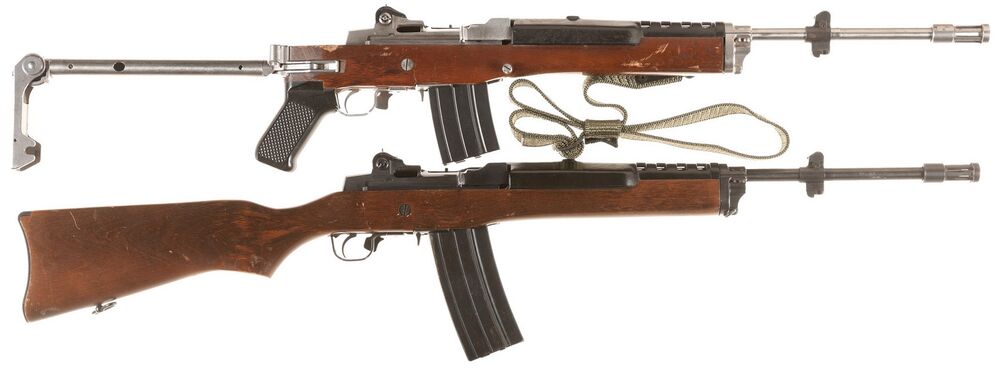
For now, we just wanted to take a look at what actually sets these rifles apart from one another, especially for you new shooters out there.
Have you owned or shot any of these rifles? What did you think about them? Are you currently considering one? Let’s talk about it in the comments below! Like .308 but also AR-pattern rifles? Check out our PSA PA10 review!


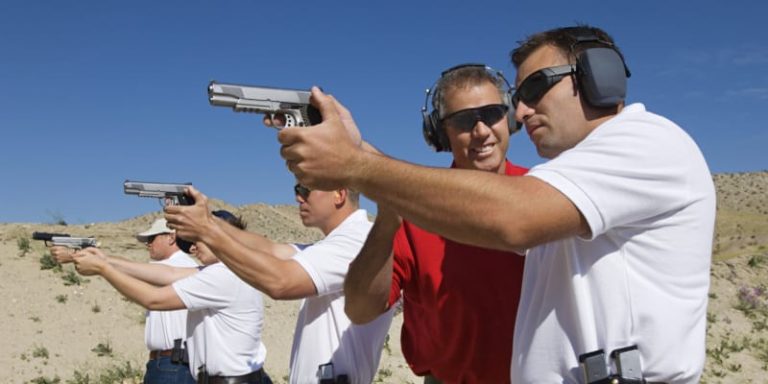
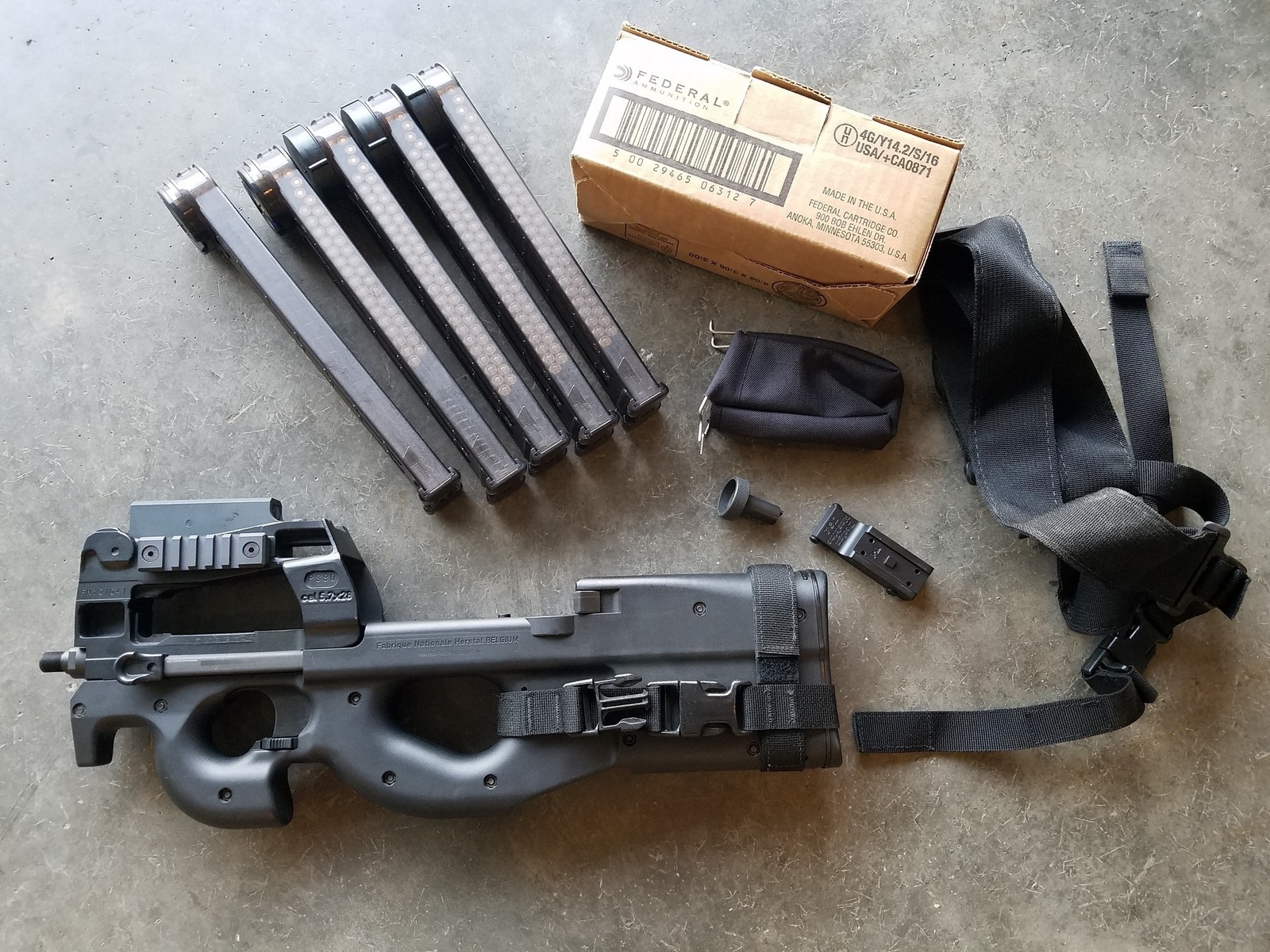
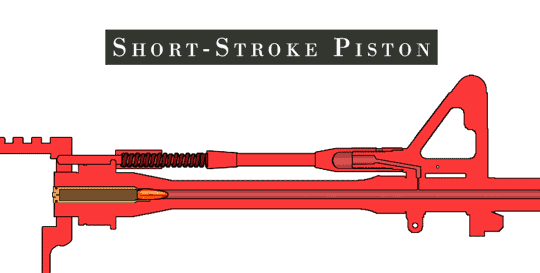
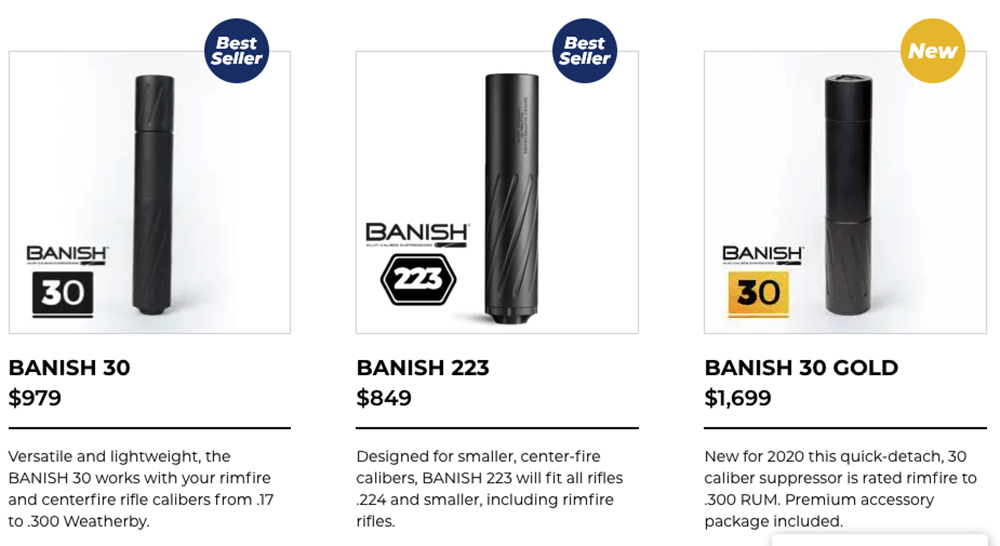
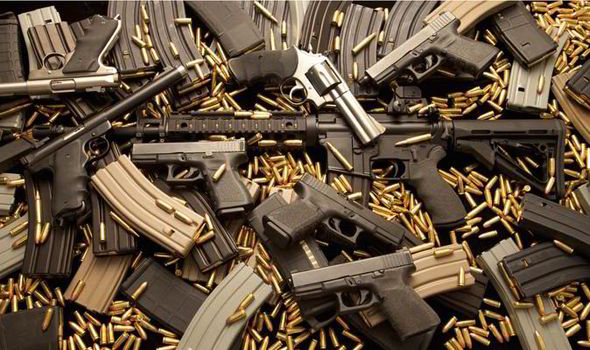
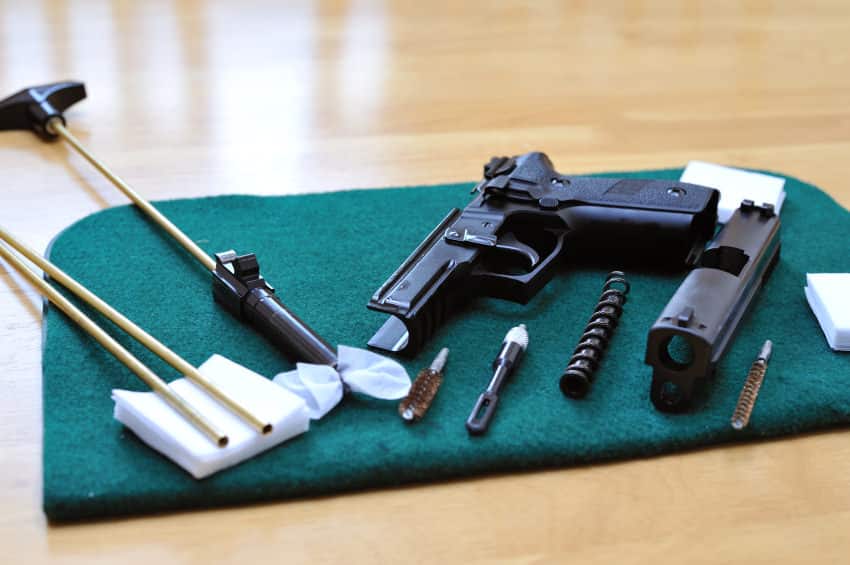
We are happy to read this awesome content and we finds it very interesting and useful. Thanks for sharing and please keep posting.